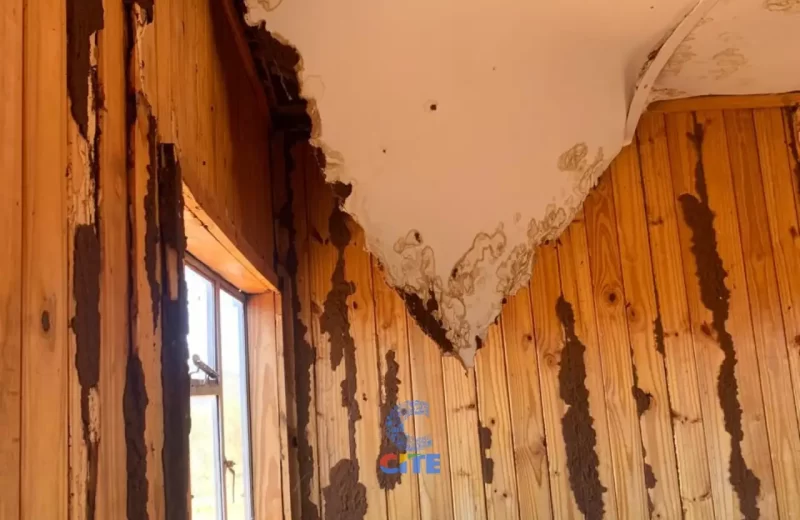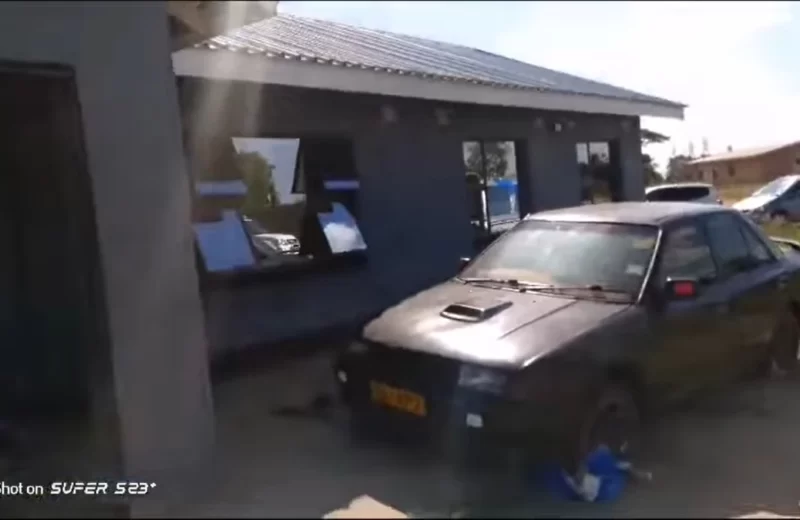ZESA Outlines Comprehensive Strategy to End Load-Shedding by 2025 and Achieve Universal Electricity Access by 2030
ZESA Holdings has introduced an ambitious roadmap aimed at eliminating load-shedding across Zimbabwe by 2025, with the broader goal of providing universal access to electricity by 2030.
According to ZESA Executive Chairman Dr. Sydney Gata, these plans are backed by significant infrastructure projects that are poised to transform the country’s power landscape over the coming years.
Targeting the End of Load-Shedding and Power Imports
Speaking during an interview with The Herald, Dr. Gata announced ZESA’s key milestones over the next few years.
He stated that next year will mark the end of load-shedding. He signaled the company’s efforts to boost energy production and eliminate power shortages.
“In 2026, we aim to clear the connections backlog, followed by ending power imports in 2027. By 2028, we’re targeting net exporter status, and by 2029, Zimbabwe will be a world-class power-lighting nation, ultimately achieving universal electricity access by 2030,” Dr. Gata outlined.
Investment in Captive Power Plants and New Projects
Sydney Gata revealed that ZESA is already making strides in increasing its energy output.
“We have six captive power plant projects, collectively adding over 1,000MW, most of which will commence next month,” Dr. Gata shared.
He noted that these plants, along with other initiatives, will be instrumental in reducing the energy supply gap.
Alongside captive power plants, ZESA is starting nine new power station projects this month, a move that Dr. Gata believes will be transformative for the country’s energy sector.
“We are breaking ground on three of these next month. Together, they’ll provide 2,690MW, almost double our current dependable capacity, which often falls to as low as 1,000MW,” he said.
The chairman explained that by December 2025, ZESA expects to commission at least six of these projects, adding approximately 2,690MW to the grid.
Addressing the Root Causes of Power Shortages
Dr. Gata highlighted the factors that have exacerbated Zimbabwe’s power shortages, including economic sanctions that restricted ZESA from accessing essential infrastructure funding.
“Power shortages are largely due to the illegal sanctions imposed on us. They prevent us from securing concessionary loans necessary for infrastructure development,” Dr. Gata noted.
Additionally, he pointed out the challenges with Kariba’s hydropower output.
“We have been unfortunate with Kariba hydrology, or more accurately, Zambezi hydrology. The power station, typically rated at 1,050MW, now barely produces 150MW. This loss is significant because Kariba has been our cheapest and most reliable source of energy,” he added.
Follow Us on Google News for Immediate Updates
The post ZESA Outlines Comprehensive Strategy to End Load-Shedding by 2025 and Achieve Universal Electricity Access by 2030 appeared first on iHarare News.









 Zim Instantly via Simplex Solutions
Zim Instantly via Simplex Solutions